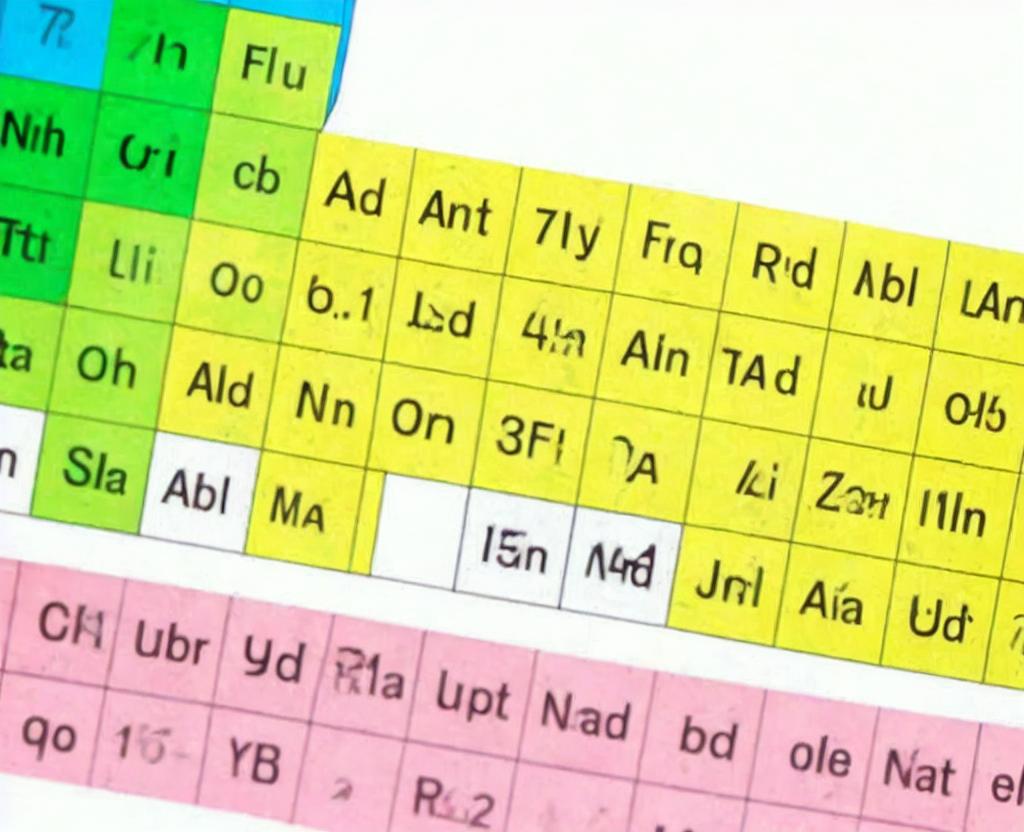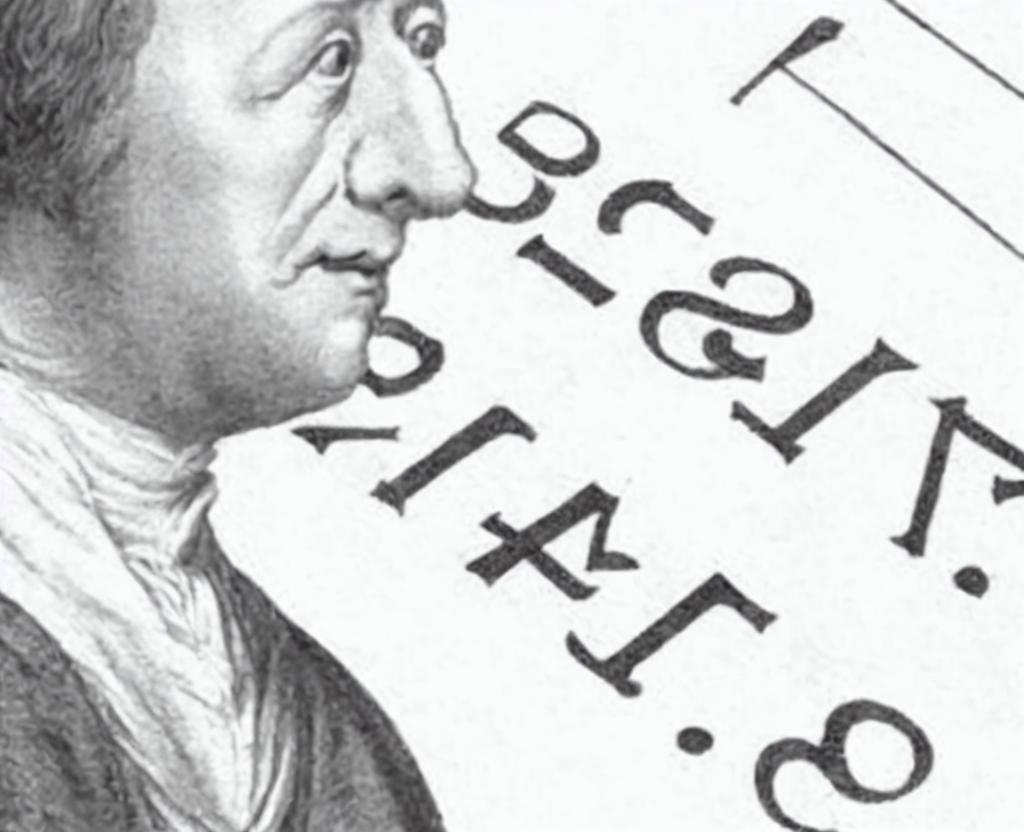What is National Periodic Table Day?
National Periodic Table Day is commemorated on February 7th, the first table of elements is published. We also take a look at how the periodic table has evolved through the years.
The periodic table has existed for a long time. Both the discovery of elements and its use in science in many ways. Ancient man was only aware of a few basic elements. However, mankind knew about the elements of gold, silver, copper, iron, lead, tin, mercury, sulfur, and carbon by the 1st century A.D., according to historians. Our discoveries were enhanced with arsenic, antimony, phosphorus, and zinc over time. There were 47 identified elements by 1809, which were discovered by 1809. It was time to organize, and Johann Döbereiner made one of the first attempts to do so. In 1817, He divided the elements into triads, or triads, based on similar characteristics.
John newlands
On February 7, 1863, English chemist John Newlands published one of the first table of elements on February 7, 1863. Based on the "Law of Octaves," the known 56 elements were divided into 11 groups in Newlands' "Law of Octaves." Before and behind it, His table said that any element would have similar characteristics to elements eight places before and behind it.
Arranging the elements according to increasing atomic mass, Newlands was one of the first scientists to observe a pattern in the properties of elements. His table was also a place for new discoveries as a result. Future discoveries, it even predicted, would complete the table. In fact, Newlands correctly predicted the occurrence of Germanium.






